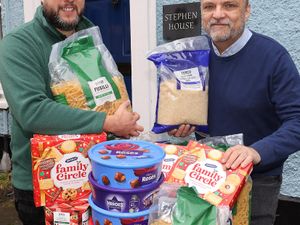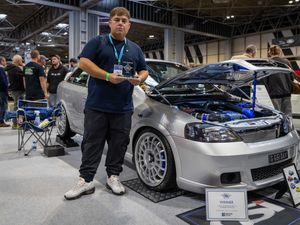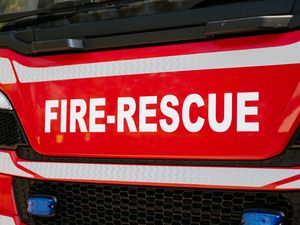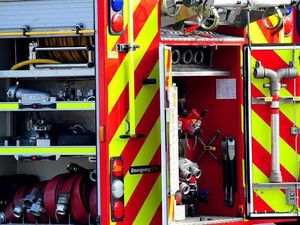Revealed: The not so secret slums of Ludlow
For years Ludlow had what might be regarded as a dirty secret, except for the fact that for anybody who bothered to look it wasn't a secret at all.
To visitors it presented a facade of grand streets and handsome buildings occupied by well-to-do people. But behind that facade many residents were living in some of the worst kind of slums imaginable.
Through a variety of factors Ludlow lagged far behind the rest of Shropshire when it came to improving housing conditions, with the remarkable upshot that some Ludlow homes which were finally demolished in 1974 still had earth floors.
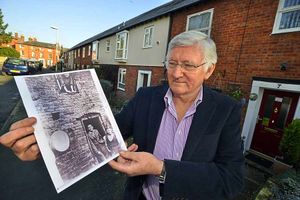
These are the findings of a new book written by Derek Beattie of Ludlow who reveals the squalor which lay behind the splendour. In researching How The Other Half Lived he spoke to many older Ludlovians who remembered just how bad things used to be in those overcrowded back-street properties which in many cases were reached by alleyways and passages off the main thoroughfares.
"I tried to cover something not written about before. Ludlow has been written about with the church, castle, beautiful houses, and so on, and so it should be, with its beautiful properties and the important people who lived in them.
"I thought I would look at the rest of the people who were just the servants and employees, and their quality of life, and the houses that were stuck behind the facade of the main streets. What I discovered is that very little changed for many of the working class from 1850 to 1960," he said.
"Even by 1960 a lot of them were still using an outside water tap and had no hot water inside. Many of them were still on gas lighting, with no electricity, and a few didn't have gas lighting and were using candles and oil lamps.
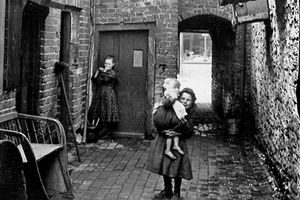
"Rock Lane, Lower Galdeford, Lower Mill Street – a few places like there were the ones without even gas."
As for electricity, he said: "Most people were tenants and the landlords hadn't put it in as it cost money. In 1955 there were over 200 houses in Ludlow condemned by the Medical Officer of Health as being unfit for human habitation. At the bottom of Old Street it was 1974 before they got round to demolishing them and building new properties. Some had earth floors in 1974 when they were finally demolished."
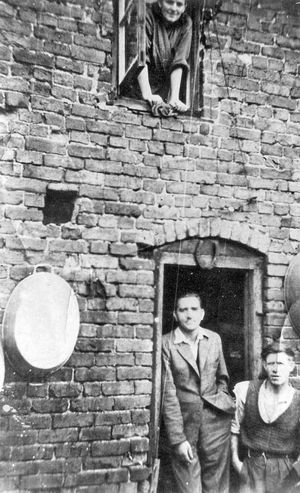
One family he interviewed had had a council house in the early 1950s and a stream of neighbours and extended family from Lower Galdeford kept going there to see all the mod cons. "It had light switches, hot water inside, and you didn't have to go outside to the toilet. It was a palace. They remembered the shared joy of going in," he said.
As for why Ludlow dragged its feet in making improvements, he added: "The arguments put forward by the housing committee and councillors was that most of these properties were owned by widows and it was their pension and if they demolished them they would lose the rental income and be put into poverty. The other main argument was if they demolished the homes the council would have to rehouse all these people and it would cost a fortune, the council would have to put the rates up, and the ratepayers wouldn't like it."
In the case of lavatories shared between a number of homes, such as was the case with eight cottages at Greyhound Yard, there was an etiquette. You only used "your" toilet and if it was in use and others were vacant, you had to wait – you didn't use one of the others.
Today Ludlow is transformed and the former slums which escaped demolition have become desirable and comfortable homes in a change which took hold through the 1970s and 1980s.
"It's fine now. The government brought in improvement grants and you could apply for 100 per cent improvement grants to put in indoor toilets, a bathroom and hot water supply, and then you couldn't sell them for five or seven years."
*How The Other Half Lived is published by Merlin Unwin Books. It is hardback, 186 pages, and costs £14.99.

